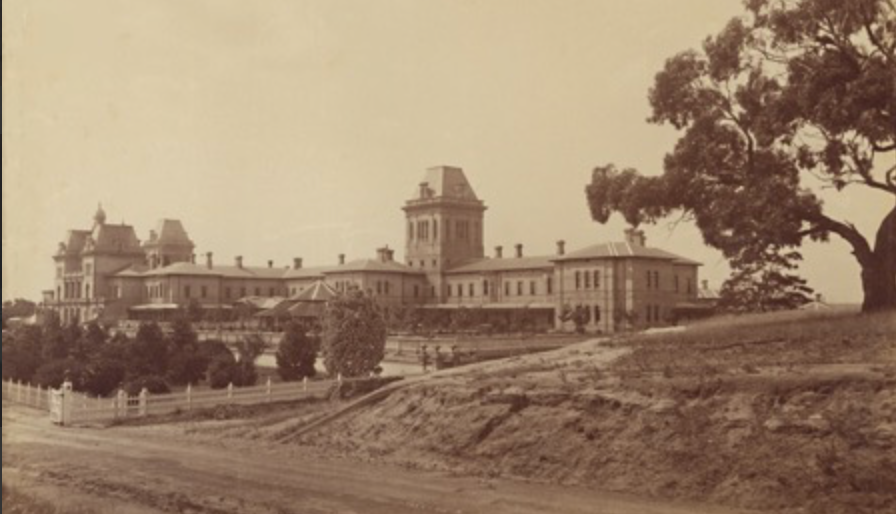Harmony, Peace & Beauty: Criss Canning at Smith & Singer
- Andrew McIlroy
- Nov 14, 2022
- 3 min read
Updated: Nov 26, 2022

Criss Canning’s great grandmother’s delicately embroidered table cloth sweeps across the plane of one of her cherished paintings, bringing together a closely-held assortment of Japanese and Western glazed vases and earthenware and thoughtfully placed flowers.
Listening to Canning fondly explain the matching and blending of these artifacts and materials, it becomes clear why she has difficulty she says finally letting go of these much-favoured pictures.
Born of her life-long fascination with form and beauty, beginning with her career in ballet before undertaking art studies, Canning finds comfort in the harmony of these arrangements, in the pleasurable matching and blending of colours, textures and materials within their confined geometric settings.



The influence of the Dutch and Flemish still life painters of the 16th and 17th Centuries such as Georg Flegel and Sebastian Stoskopff is evident but Canning successfully contemporises within her practice principles akin to the Japanese art of flower arranging, 'Ikebana' where flowers and other natural elements are sparingly and deliberately placed in such a way as to embody harmony, peace, and beauty - a tradition dating back to the Heian period, when floral offerings were made at altars.
And who would not in this age, or any other, want to encounter beauty where they had not seen it before? This question goes to the heart of Canning’s oeuvre.
Japanese influence is embraced in Canning’s work, both in composition and style. In this, Canning seeks to open our minds to a universe contained within or reflected by a single flower or object, for one small thing to open our minds to so much more.
This approach to beauty is found in the animistic polytheism at the root of Japanese Shinto culture. Here, God resides in everything - from stones to flowers to the wind. God is in all things natural and so all things natural are God. Arranging flowers has always been then considered a way of harmonising humanity and the natural world.
As in Ikebana, Canning’s paintings are fundamentally an exploration of the frictions between the visible and the invisible, life and death, permanence and transience, luxury and simplicity - a search for some form of balance.




This duality is embodied in her compositions, where standing flowers and impervious, lacquered objects symbolise formality and permanence and other delicate elements, individual and free-spirited like windflowers are placed in subordination to them.
Canning’s paintings draw our eye to the innate beauty found in seemingly perfect or translucent forms but also reveal something ordinary in a new way.
Each of Canning’s arrangements is an attempt to build symmetrical worlds made of the infinite wealth of nature and the permanence of man-made forms. This imagery is not in opposition, but rather complementary, both are always present even if not visible.
Canning’s work is a present reminder that still life painting like many forms of art changes and is informed by culture and the times.
And while much of life may pass from us, relics and our connections remain and for as long as we exist there is always beauty to be found.
Criss Canning’s much anticipated Melbourne exhibition opens at Smith & Singer on 24 November 2022 and runs till 17 December 2022

Artist Criss Canning at home in Ascot, Victoria Photo: The Sydney Morning Herald
Main Photo: Criss Canning Photo: Copyright Agency
All other photos courtesy of the artist, unless cited otherwise
Andrew McIlroy is an artist and arts writer, living and working in Melbourne, Australia



Comments